Sawfish status, PNG
Sawfishes have vanished from much of their historical range, but reports from Papua New Guinea suggest that it might be one of the few remaining sawfish strongholds. With help from local students, Will hopes to identify where the animals can still be found and how they fit into the local culture and economy.
My passion for marine life began at a very early age and during my childhood I spent much of my time snorkelling or swimming in the waters off Western Australia. I began working at an aquarium as a diver/aquarist during my undergraduate years, which further propelled me towards a life working with sharks and rays. This led into my postgraduate studies on sharks and rays. While working towards my Honours and PhD, I began studying the ecology of sharks and rays in Shark Bay, a World Heritage Area. I then began doing research in fish markets in Indonesia where, at...
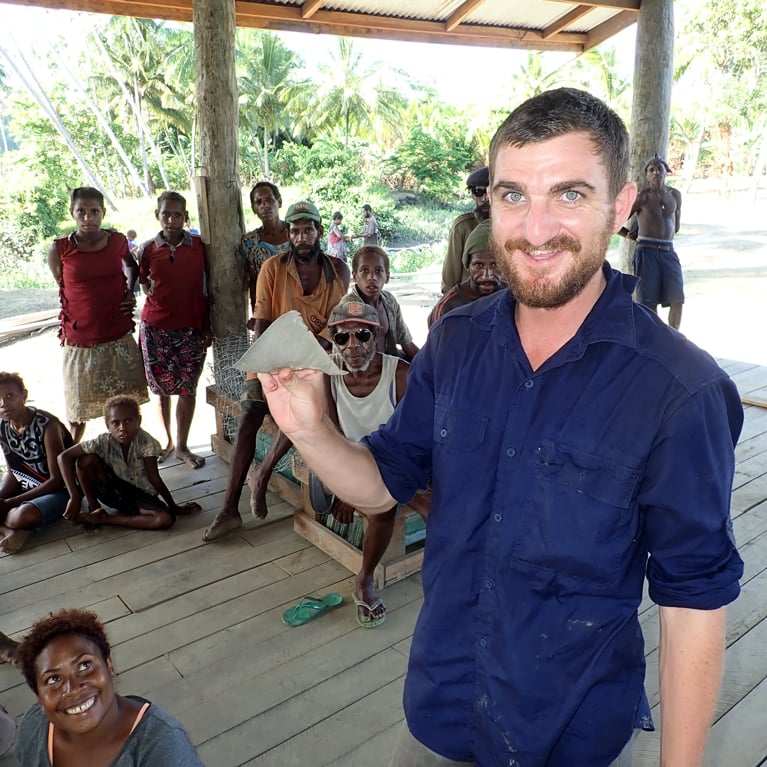
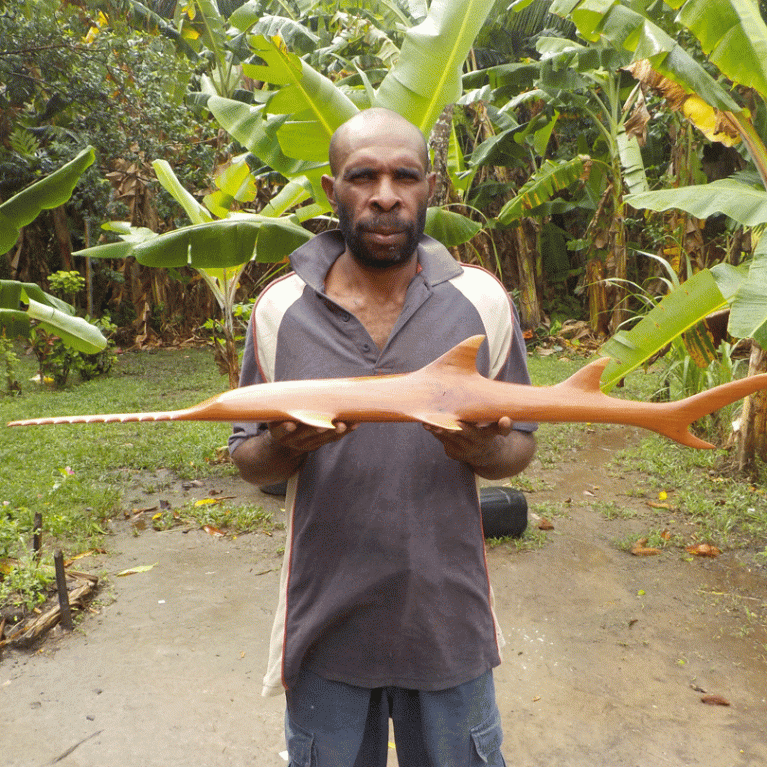
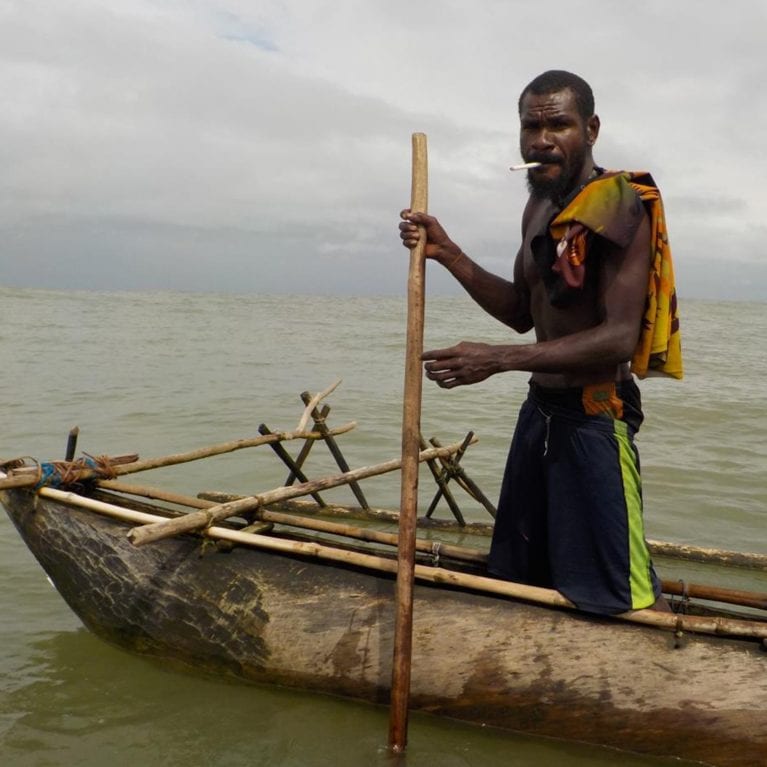
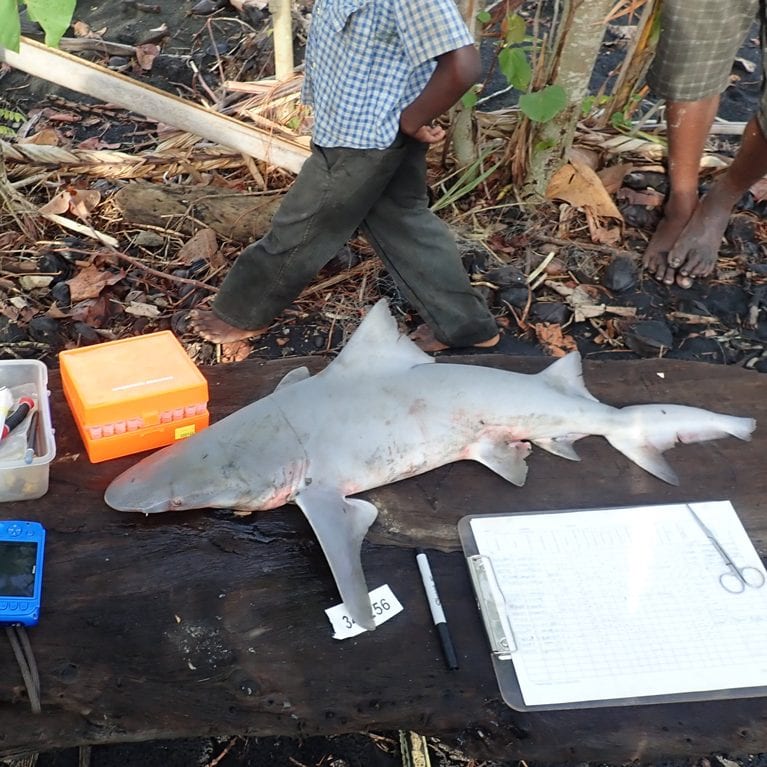
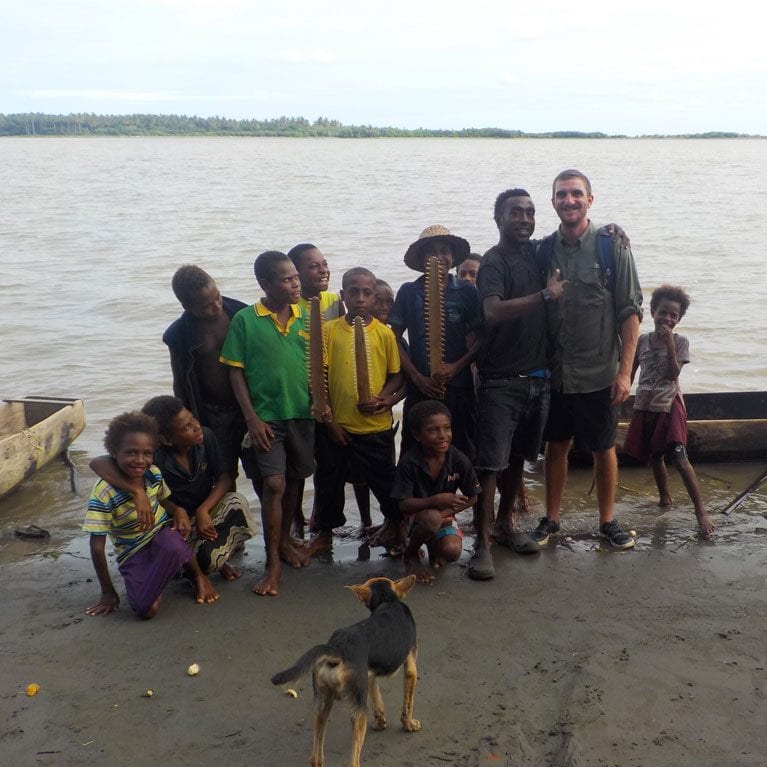
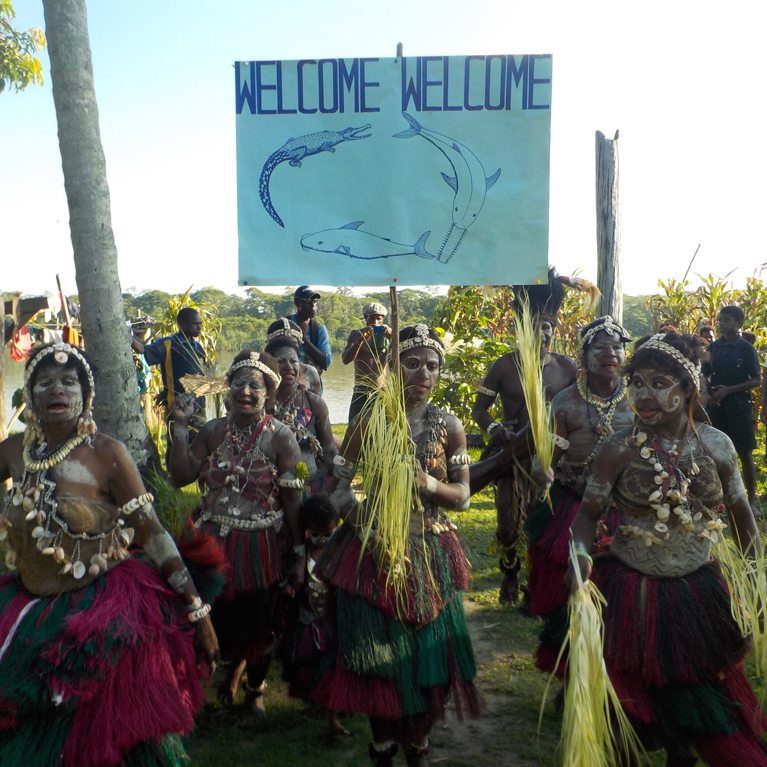
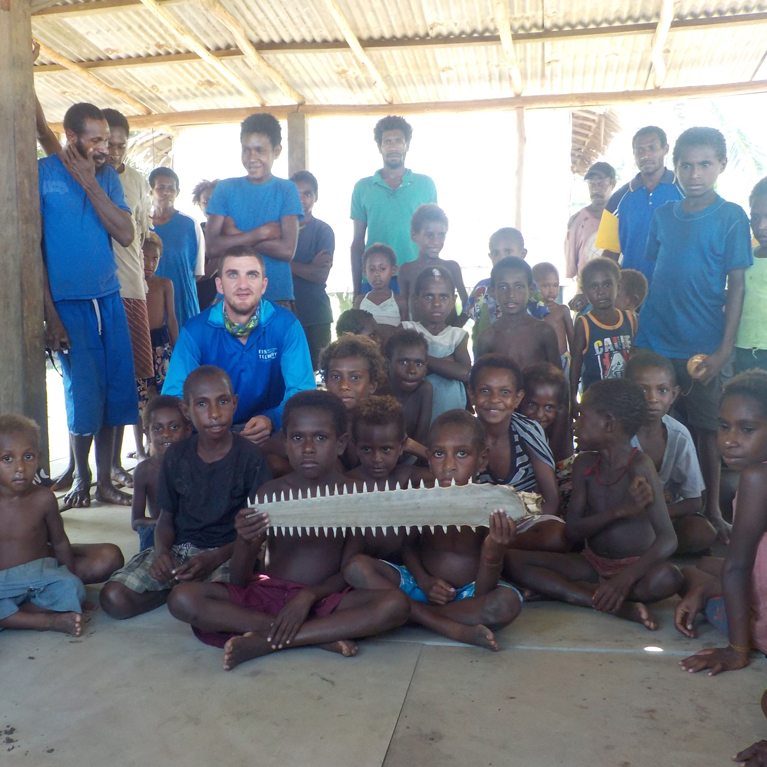
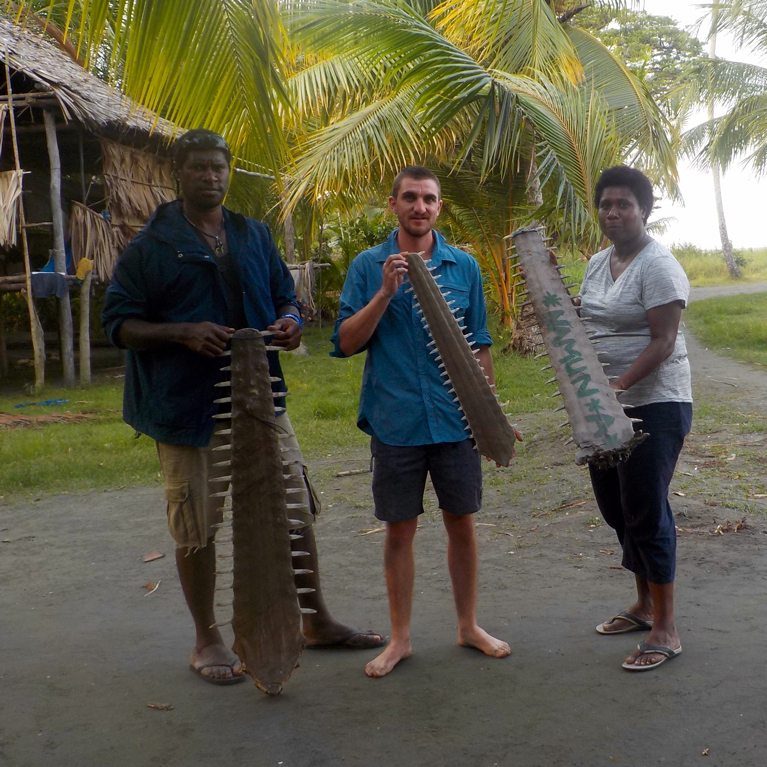
Investigation of the status of sawfishes (Pristidae) in Papua New Guinea
The main of this project is to assess the present status of sawfish in Papua New Guinea and the level to which fisheries interact with them.
The status of sawfish in Papua New Guinea has never been documented and remains an unknown factor in global sawfish assessments. During an ongoing project on the shark and ray fisheries of PNG, researchers found that sawfish were caught and retained in both commercial and artisanal fisheries in the Gulf of Papua region. In one particular observation, more than 30 dried fins from Narrow sawfish were observed at a shark-fin purchaser indicating that catches of sawfish in some areas of PNG are significant. At one location, all four species known to occur in the Indo-Pacific were observed during a one week survey. The preliminary information gained from this project provides a strong foundation for a more focused research project on sawfish in PNG.
There is very little information available on any shark and ray species in PNG and the National Fisheries Authority in Port Moresby recognised this and approached the Australian Centre for International Agricultural Research (ACIAR) to develop a project to assess the sustainability of PNG’s shark and ray resources. I was approached to lead the development of this project following on from 3 previously funded projects I was involved with in Indonesia on their expansive shark and ray fisheries.
This project aimed to produce a baseline level of information on PNG’s shark and ray resources, including a biodiversity assessment of the chondrichthyan fauna of the country. One of the first field surveys of this project was to the Western Province, close to the mouth of the Fly River. During this one-week survey trip, all four species of sawfish known to occur in PNG were observed. This was our first indication that sawfish were potentially abundant in these areas and given that many areas with even more suitable habitat for sawfish have far less fishing activity, it became quickly apparent that PNG is possibly a stronghold for sawfish in the region.
Examining the various unpublished reports in the NFA library in Port Moresby revealed that in many areas where surveys had been conducted over previous decades, sawfish were often commonly observed. During the larger scale project in PNG, a number of sawfish records were obtained from local fishers and from observers deployed on the prawn trawl vessels in the Gulf of Papua. However, the focus of the current project in PNG (due to finish in 2017) is primarily on marine fisheries and in more heavily populated areas. The areas where sawfish are most likely to occur were not visited.
A number of threats exist for sawfish in the areas where they are likely to be most abundant, e.g. hydroelectric scheme proposal for the Purari system (at Wabo), oil pipeline from Gulf to Port Moresby, extensive mining activities in the highlands which dramatically increase sedimentation in the main rivers, and introduced species (particularly Salvinia which has covered many waterways and decreased oxygenation of the waters). Thus, although fishing pressure is far less than in other areas, other pressures exist. Until there is solid data on sawfish populations in PNG, it is not possible to assess what measures may be needed to conserve these threatened animals.
Many of the small communities that are scattered through the prime sawfish habitat areas would know very little about these animals. Some villagers state that their gillnets are sometimes torn apart from an unknown animal which could well be a large sawfish. Thus, it is important to provide some educational tools to inform people what occurs in their waters and more importantly that they are threatened in many areas and that ‘their’ waters are still in comparatively good condition.
In order to conserve sawfish in PNG into the future, information about their status is needed to inform the government and other agencies. If populations of sawfish in PNG are in relatively good condition, they may be a useful ‘good news’ story for PNG and if they were to be considered as PNGs Marine Biodiversity Icon Species, efforts to conserve them will surely be drastically improved.
- Fisher surveys. We will use surveys used for previous sawfish studies in developing African nations in combination with general shark and ray surveys used in Papua New Guinea to obtain information on sawfish catches and interactions at the numerous villages in the study regions.
- Gillnet surveys. We will conduct short-set gillnet surveys (nondestructive) to determine the abundance of sawfish at locations that fisher surveys identify as potentially important for sawfish.
- Develop an enumerator program. We will produce a basic sampling kit and field guide which can be left with relevant fishers or villagers to enable longer term data collection to occur post-survey. This has been trialed at one of the study locations previously (Daru).
- Publish the data collected in an international journal at end of the project.

